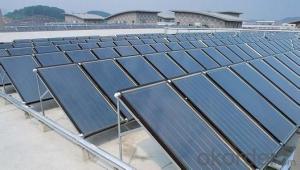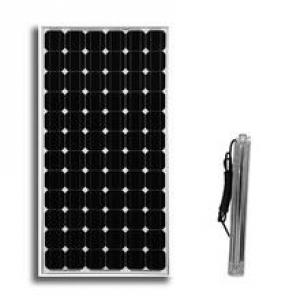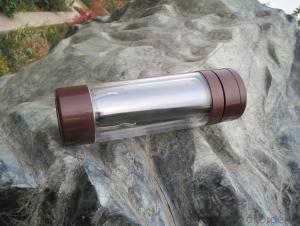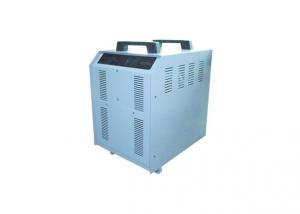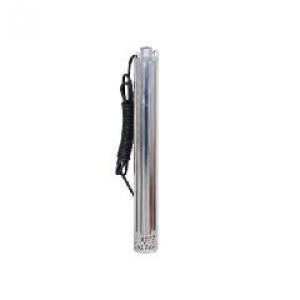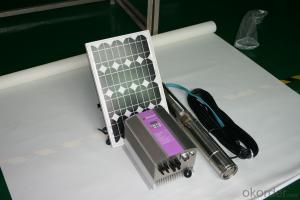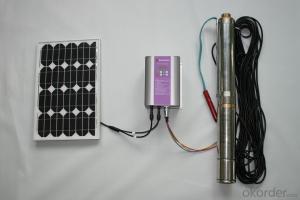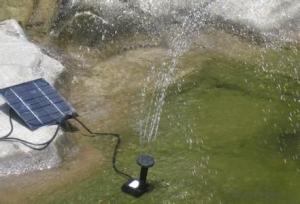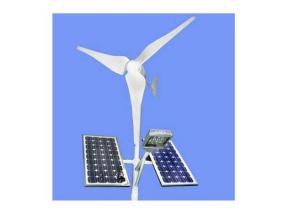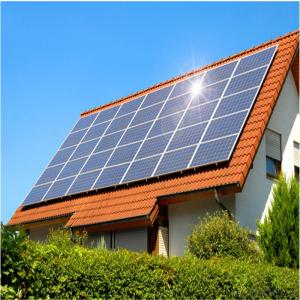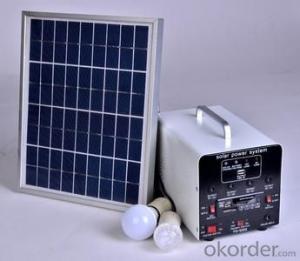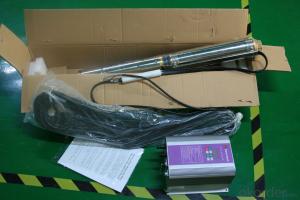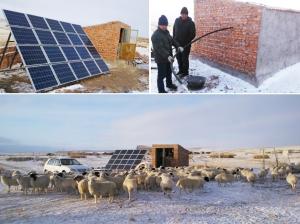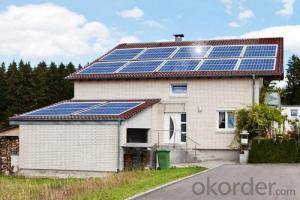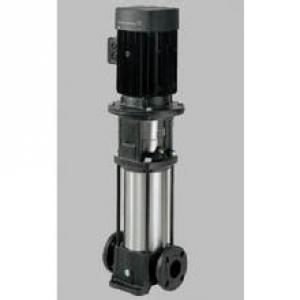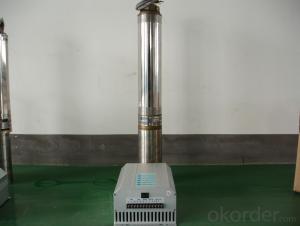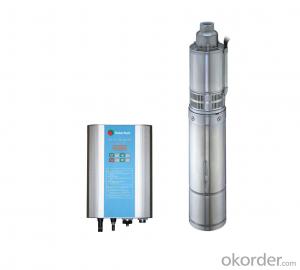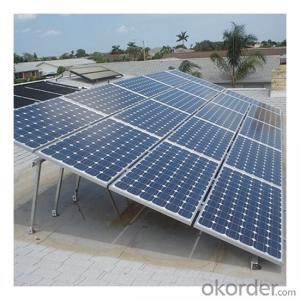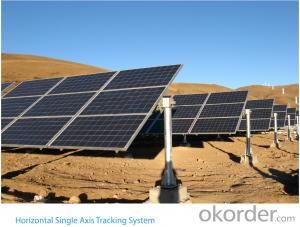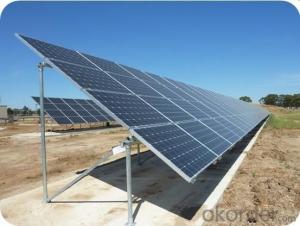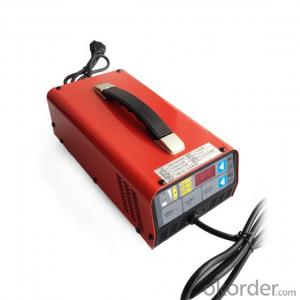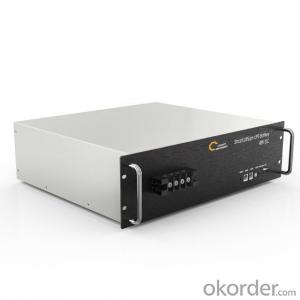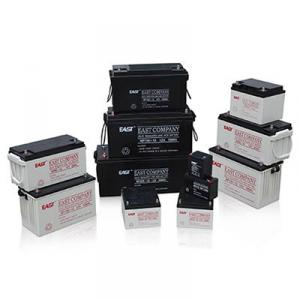Household Solar Power System
Household Solar Power System Related Searches
Home Solar Inverter System Household Solar Inverter House Solar Inverter Solar Power Energy Systems Solar Power Inverter System Solar Home Inverter Home Solar Inverter Solar System Inverter For Home Domestic Solar Inverter Hybrid Solar Inverter System Solar House Inverter House Automation System Solar Module System Hybrid Inverter Solar System Home Built Solar Cells Home Depot Solar Cells Home Solar Power Inverter Solar Power Module Solar Inverter System Home Power Inverter For Solar Home Depot Solar Inverter Solar Battery Charging System Home Solar System Inverter Solar Hybrid Inverter System Inverter For Home Solar System Solar Energy Generation Systems Solar Power Inverter For Home Solar Power Inverter For House Home Solar Energy Cost Solar Energy Inverter For HomeHousehold Solar Power System Supplier & Manufacturer from China
A Household Solar Power System is a renewable energy solution that harnesses sunlight to generate electricity for residential use. This system typically consists of solar panels, inverters, batteries, and mounting hardware, all designed to work together to provide clean and sustainable energy to homes. The panels convert sunlight into direct current (DC) electricity, which is then converted to alternating current (AC) by the inverter, making it suitable for powering household appliances and devices.The Household Solar Power System is widely used in various scenarios where traditional grid electricity is either unreliable or unavailable. It is particularly beneficial in remote areas, off-grid homes, and for those looking to reduce their carbon footprint and energy bills. This system allows homeowners to generate their own electricity, reducing dependence on fossil fuels and promoting a greener lifestyle.
Okorder.com is a reputable wholesale supplier of Household Solar Power Systems, boasting a vast inventory to cater to diverse customer needs. They offer a comprehensive range of products, ensuring that customers can find the perfect solar power solution for their homes. With their extensive selection and commitment to quality, Okorder.com is a trusted source for those seeking to invest in a sustainable and cost-effective energy alternative.
Hot Products
